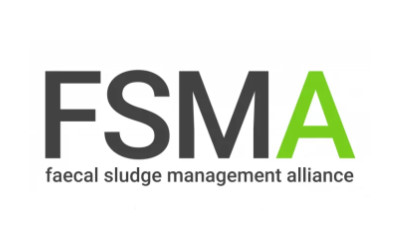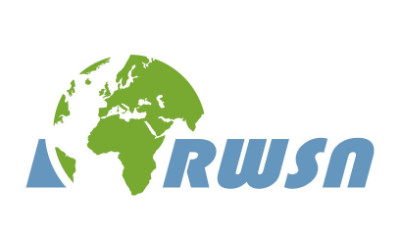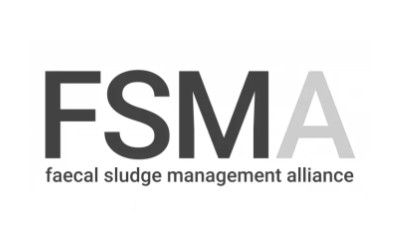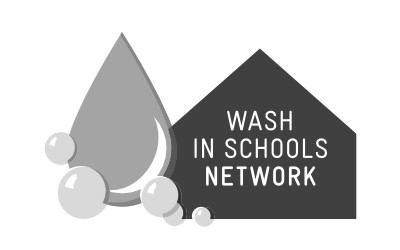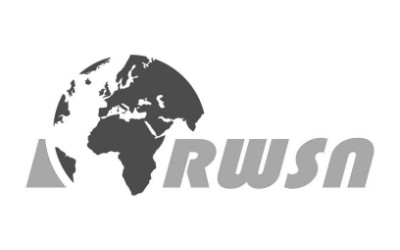Why is this important
 Mapping the access and quality of existing public sanitation facilities and understanding the nature of demand are imperative first steps. They help to formulate strategies to address service delivery gaps and to provide improved and effective long-term service provision across the city.
Mapping the access and quality of existing public sanitation facilities and understanding the nature of demand are imperative first steps. They help to formulate strategies to address service delivery gaps and to provide improved and effective long-term service provision across the city.
Contents
Pillar 1 & 2: Assessment of physical access and service quality
Pillar 3: Engagement and contract review
Pillar 4: Assessment of the market & institutional readiness

How to go about it
Cities are advised to assess the Pillars of the PTM process (Figure) to identify what there is and what is needed in order to optimize the PT management and service provision.
 Pillar 1 & 2: Assessment of physical access and service quality
Pillar 1 & 2: Assessment of physical access and service quality
Who and what for: Defining the Planning Unit
To plan demand-oriented public toilet facilities and services, it is important to first define the ground conditions and basic sanitation requirements in the planning stage as a framework to ensure a realistic assessment:
a) Sanitation Profile: Assess household coverage, open defecation and support infrastructure.
b) General Profile: Evaluate demographics, the institutional, residential and commercial set-up as well as the toilet type (public, community and institutional toilets).
Stocktaking: Understand what is there and what is needed (spatial and non-spatial analysis)
Next, the actual supply and demand along the identified user types needs to be assessed to define the sanitation profile. The supply-side analysis highlights gaps and helps identify opportunities for quantitative and qualitative improvements against predefined benchmarks. The demand analysis provides information on user demands and preferences.
a) Supply & Service Analysis: A survey of the city’s public and community toilets along the PT Profile is required. Aspects to be assessed are the availability, access, quality spatial distribution, support infrastructure, user characteristics and service provision (Supply and Demand Assessment Graphic). The supply should be assessed according to the user types and keeping in mind the expected services standards. Thus, the following steps need to be included:
- Set expectations by defining service standards: Cities must identify, quantify and facilitate critical performance inputs and subsequently define service standards against norms, review current contracts, and set expectations. Preferences of user segments and their willingness to pay for such services should be kept in mind. Service standards should be included in contracts and monitored (for instance by using the online inventory) to ensure and control effective service provision.
The supply and service analysis forms the basis for establishing an inventory, a tool for cities to plan and manage their public toilets.
b) Demand assessment: Different user groups have different needs, which can be assessed by conducting a detailed citywide demand assessment (survey). Gaining information on user preferences and satisfaction regarding access and quality of PT facilities and services (including gender perspective) and their willingness to pay for improved services will help plan toilets in a more demand-oriented manner. The supply and demand assessment graphic summarizes the key aspects to be covered. Moreover, the demand should be assessed according to the identified user types and computed as per the city plan format under the Swachh Bharat Mission. The demand assessment results should feed into the identification of potential new PT locations.
 Identification of target group Identification of the target group: It is important to categorize the different PT user types (general, tourists, slum dwellers, commercial users) based on the general sanitation profile and review of the toilets’ user profiles. The latter also provides information on the user categories (men alone, women alone, combined, differently abled or vulnerable), behaviour and demands. Specific gender aspects should already be considered in the assessment stage.
Identification of target group Identification of the target group: It is important to categorize the different PT user types (general, tourists, slum dwellers, commercial users) based on the general sanitation profile and review of the toilets’ user profiles. The latter also provides information on the user categories (men alone, women alone, combined, differently abled or vulnerable), behaviour and demands. Specific gender aspects should already be considered in the assessment stage.
Mapping of public sanitation gaps and need for actions
Following the stocktaking, the next step is a detailed gap analysis and the subsequent mapping of the user demands and supply deficiencies to identify “sanitation hotspots” across the city. This highlights the need for action and forms the basis for planning improved facilities and service provision. The identification of issues and areas of improvements is divided into non-spatial and spatial analysis:

- Non-spatial supply gap analysis: Using the results of the supply assessment, gaps between the service standards and actual PT supply for the different user types and against the national norms (MoUD norms vs. actual) are to be identified.
- Spatial analysis (Mapping): The mapping of the PT distribution across the city allows the assessment of whether public toilets are distributed as per demand rather than clustered in certain areas. It also shows if they are in line with the prescribed access norms (i.e. 1 toilet/km, in a 50:50 ratio (M/F), disabled-friendly, etc.). If available, maps produced for the City Sanitation Plan (CSP) can be used. The main mapping steps are: (1) Identify sanitation hotspots in the city (including open defecation); (2) mark PTs on city map; (3) indicate catchment area of 0.2 km and 0.5 km radius; (4) indicate if PTs are used by slum dwellers; and (5) mark areas selected for new PT and those that need improvement.
The mapping exercise helps to identify potential locations for development and to plan respective services across the city (renovation or new construction).
Pillar 3: Engagement and contract review:
Benchmark performance to standards (performance indicators and service commitments)
Based on required service standards (expectations, universal service and norms), performance indicators should be drawn up. The indicators need to be simple, objectively verifiable and measurable, and consequences of non-performance and remedial actions must be included.
Review contract documents to assess the commitment and actual delivery of operators:
Check if current agreement with service provider or own service provision for operation and management (O&M) requirements is fulfilled (service charter, agreement, minimum delivery standards). If no service charter is included, one should be developed. Existing ones should be updated (city, operator and user commitments). Based on the assessment, contract modifications for improved service delivery should be identified and fed into the contracts, procurement and monitoring stage.
Pillar 4: Assessment of the market & institutional readiness
Assess institutional readiness
Last but not least, service providers, contracts as well as governance and institutional factors should be assessed to formulate a suitable PTM strategy. Effective institutions require clearly defined processes, templates and pool of capable staff at the different levels. The selection of the most suitable business model is to support the efficient functioning of the institutional structure. The assessment helps to identify what is possible under the current situation, what is missing and what should be developed based on the cities’ vision. It forms the foundation for planning, strategy, institutional strengthening and monitoring.
Application On Ground
Shimla
Primary research (inventory analysis of 146 toilets; user perception survey of 600 respondents using 22 toilets) and secondary research were conducted by GIZ with its partner Akara Research to obtain the city’s first- and second-hand information. The data was collected for all functional and non-functional toilets of Shimla. The collected data evaluated by iDeCK on various parameters that has helped in taking informed decisions on the tendering process.
Tirupati
A study with a methodical mix of desk review and on-field activities was undertaken. The team reviewed existing literature on current technical and management PT models, and conducted demand and supply surveys. This included an inventory analysis of 38 toilets and user perception survey of 500 commercial establishments, 250 tourists and 250 general population. Relevant data for future data-based planning and monitoring was compiled and spatial mapping helped provide a snapshot of the status of current systems, institutional delivery mechanisms and user requirements. By using the online inventory tool, this can be easily analyzed, interpreted and used for designing effective business models for public toilets.








